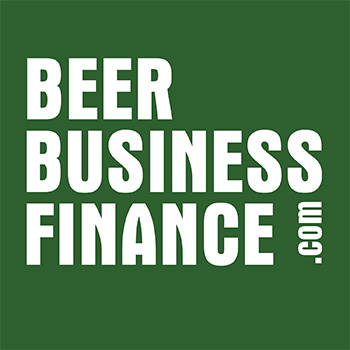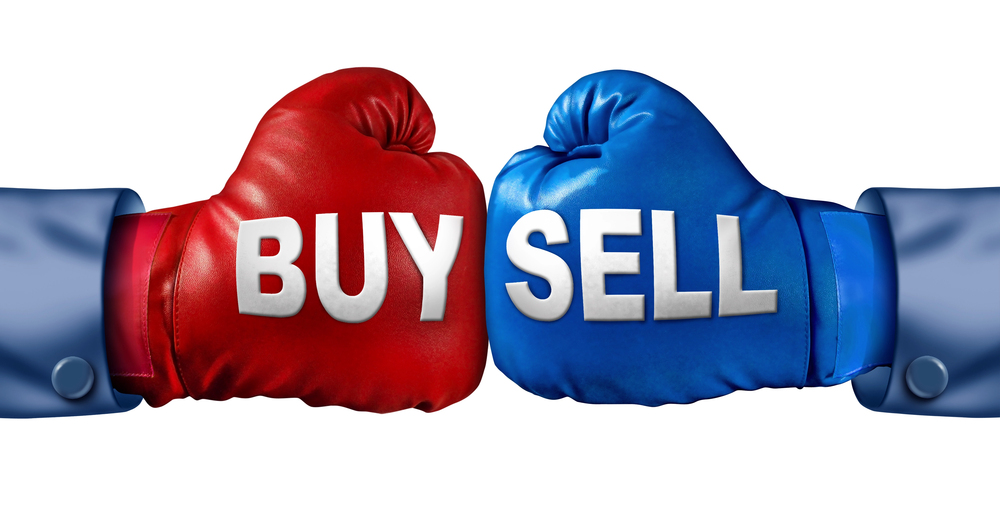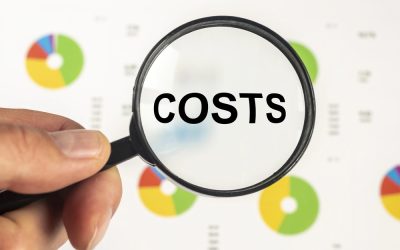“Two things drive value: The amount of cash you generate and the sustainability of cash flow. It’s a multiplier effect.” -Orman Anderson, CFO Glazer’s Beer and Beverage
One of the first questions owners ask when looking to sell a business: “What is it worth?”
Fair question.
In this post we’ll provide valuation methods and multiples you can use to get a back of the napkin estimate.
The answer to the “what’s it worth” question will often determine whether a seller decides to move forward with a sale process or not.
Sellers want to know how much they can expect to receive and whether this will be a fair trade off to replace the income and benefits they currently enjoy from the business.
The challenge is that the business is worth what someone else is willing to pay. And you don’t find that out until you market the business, find a buyer, and negotiate the deal.
Having said this, in my experience buying and selling beer businesses, there are different ways to estimate a range of value for what someone is willing to pay.
Common valuation methods include:
- Multiple of Earnings Before Interest, Taxes, Depreciation and Amortization (EBITDA)
- Multiple of Gross Profit (GP)
- Dollars per Case Equivalent ($/CE)
- Discounted Free Cash Flow (DCF)
Back of the napkin hypothetical calculations might look like this:
- $5 million EBITDA x 12.0 = $60 million
- $25 million GP x 3.0 = $75 million
- 4 million CEs x $20/CE = $80 million
- Discounted Free Cash Flow…that gets more complicated and you’ll need a really big napkin
And, of course, the method used and multiple applied will depend greatly on whether the target wholesaler is in an overlapping, contiguous or non-contiguous territory.
For a buyer, there are many methods to value a beer business. But the only one that really matters is whether the deal will cash flow properly.
In a nutshell, will the cash flow coming in from the acquired company be equal to or greater than the cash flow out required to service the acquisition debt.
So, what really drives the value of a beer business?
According to Orman Anderson, CFO of Glazer’s, it’s three things:
- Cash flow
- Sustainability or growth
- Franchise protection.
Other considerations include the value of beer brand rights vs. non-alcohol brand rights.
“You can’t go pay, say, five times gross profit for a non-alcohol brand when your termination fee is only going to be two times gross profit,” says Orman. “That’s just a lot of exposure.”
There are many methods to value a beer business, and a range of multiples to apply. The most common perhaps, is a multiple of our old friend EBITDA.
“That number is typically around 12 times EBITDA,” says Orman. “it is the purchase price on the profitability that we’re going to generate as the buyer. So the transaction multiple to the seller might be 20 times, but it’s usually around 12 times EBITDA is what we’ve seen in the recent market.”
Buying or selling, there’s a lot to consider. If you’ll be at NBWA in San Diego and would like a free 30 minute consultation with me, book a time on my calendar.





